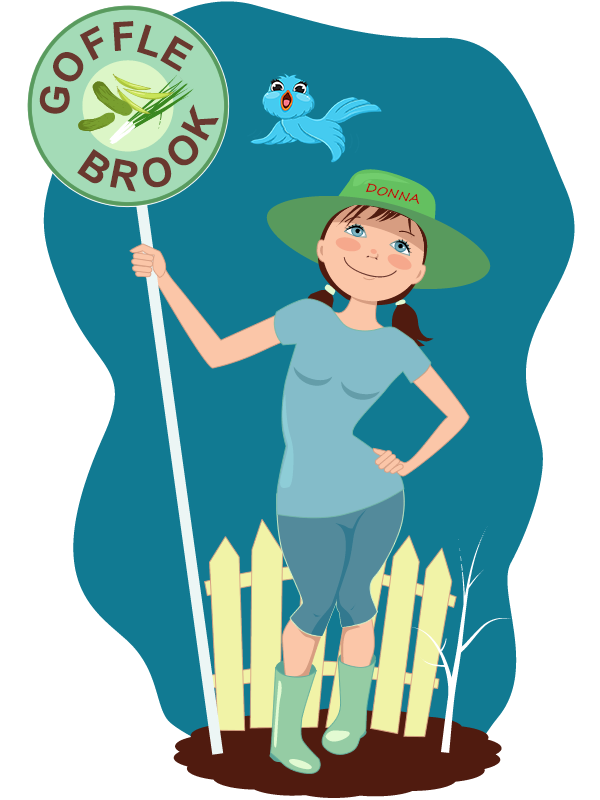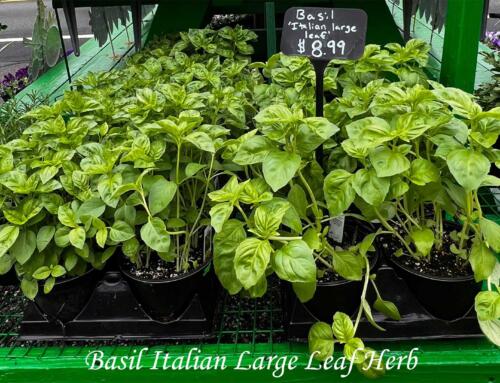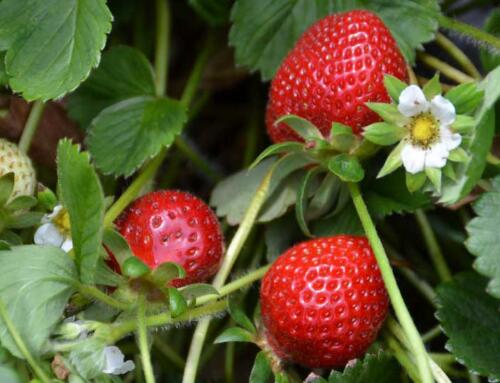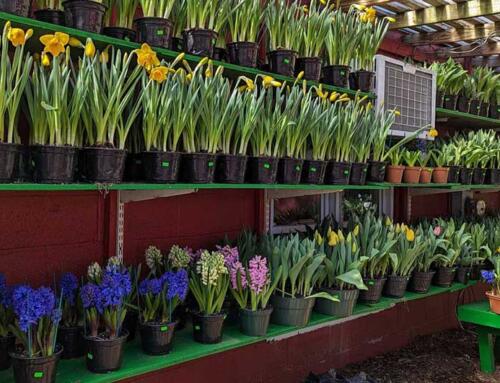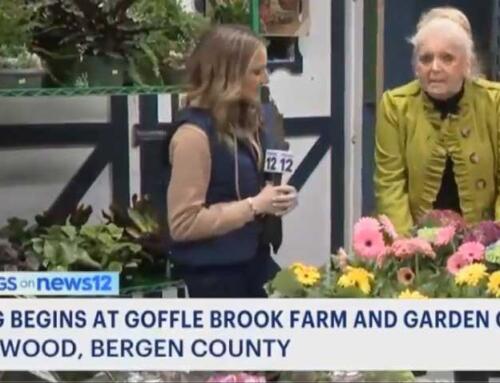How do butterflies pollinate plants?
One of the greatest joys of gardening is the sharing that comes along with it. Many of us give flowers and plants as gifts throughout the gardening seasons. We fill our beds with splendid colors of perennials and share these with family, friends and neighbors. Some of us cut and dry flowers and make bouquets for gifts.
But the best part of sharing your plants and flowers are when welcome visitors such as this lovely butterfly pay us a visit for a sip of nature’s nectar in its purest form. Putting on a dazzling display of aeronautics they dart to and fro choosing what color tickles their fancy.
The numbers of these pollinators are being reduced in alarming rates by habitat loss, through urbanization and the overuse of pesticides. Honeybees are losing ground to a parasitic mite. More than 90 percent of all plants need a pollinator to distribute pollen to set fruit and seeds. While bees buzz their way from flower to flower, butterflies glide and flit back and forth as if they know they are putting on a show for us.
A Welcome Garden Guest Gathering Nectar
Butterflies like to perch on larger flower heads when they hunt nectar, collecting pollen on their legs and body as they search for food. The legs and the butterfly’s proboscis are longer and farther away from the flower’s pollen so less pollen collects on its body parts than it does on bees, but still they are very effective pollinators.
Bees fly in and out of flower heads and have an easier time with pollination because they are collecting nectar on all parts of their bodies; they have shorter legs and bodies and are not so cranelike as butterflies. Butterflies pollinate during the day while flowers are open and they have a better color perception than bees or even humans. They can see red, their favorite color, while bees cannot. They also find their nectar by being able to see ultraviolet light which makes flower markings very distinct to them.
To help the bees and butterflies continue their great work we must all plant colorful, wildlife-friendly gardens full of nectar-rich flowers. I have found that my butterfly garden is not only, of course, a magnet for butterflies. It attracts hummingbirds, hummingbird moths, night-flying moths and honeybees.
And don’t forget to check this “Taste of Sweetness” – Nina’s Red Barn Farm Honey. We’ve got honey products from Nina’s Red Barn Farm. They’ve been beekeepers for years and sell their organic products locally at farmer’s markets in the New England Area. For something sweet why not try some of their honey or pollen and for something really special and delicious, why then there is their pre-packaged honeycomb.
Honeybees produce honeycomb in their hives. Composed of beeswax, the structure of honeycomb consists of hexagon-shaped cells used to store honey. The wax that makes up honeycomb contains very-long-chain fatty acids, along with long-chain alcohols, or esters. The honey stored within the honeycomb is the purest, rawest form of honey, and the wax the honeycomb is made of has nutritional value and health benefits.
Toast a piece of your favorite bread or an English muffin. While it is still very hot, spread it lightly with butter. With a knife, cut a chunk of comb honey and spread it over the toast. You may have to mash it a bit, but the heat will soften the comb so it flattens into the toast along with the honey.
Available Products – HONEY – BEE POLLEN – HONEYCOMB (so delicious)

